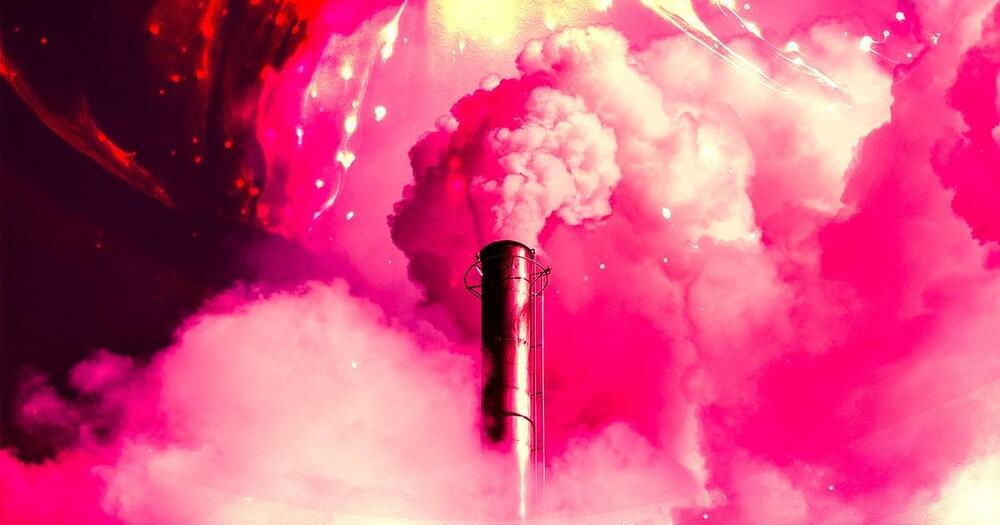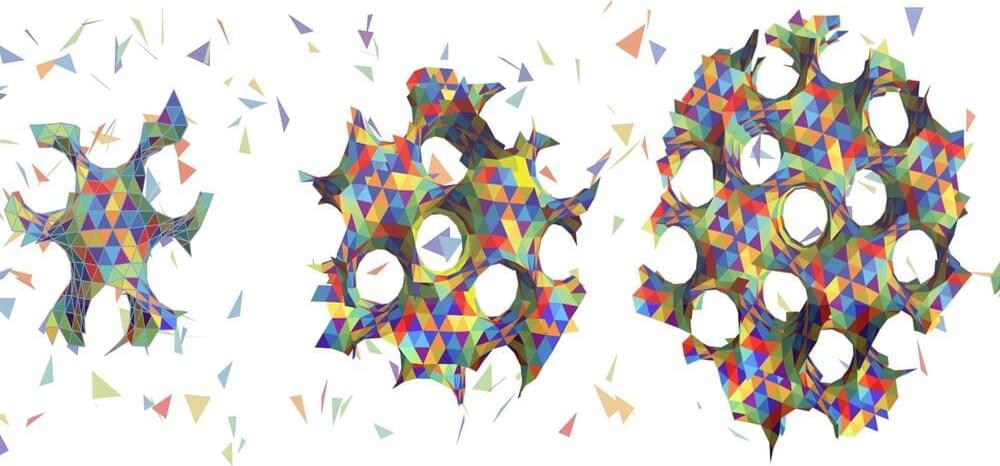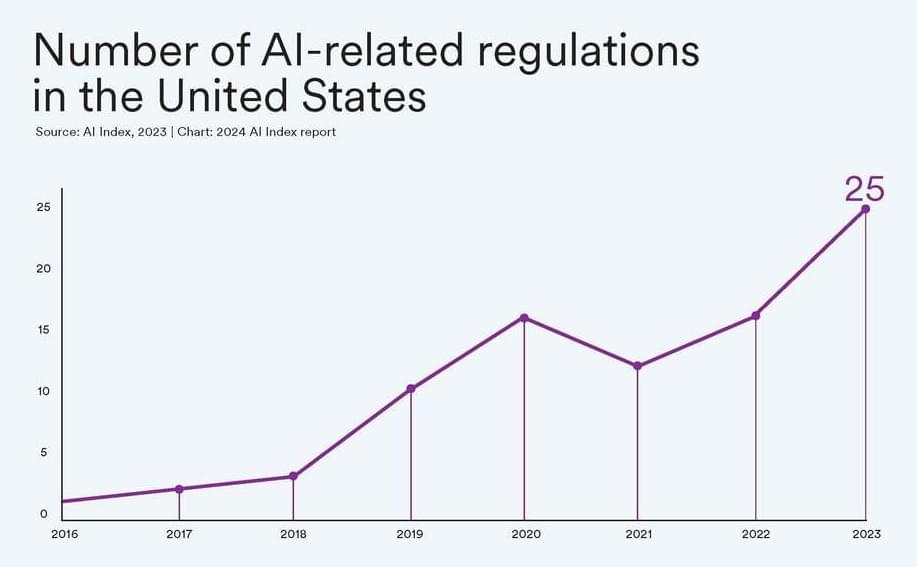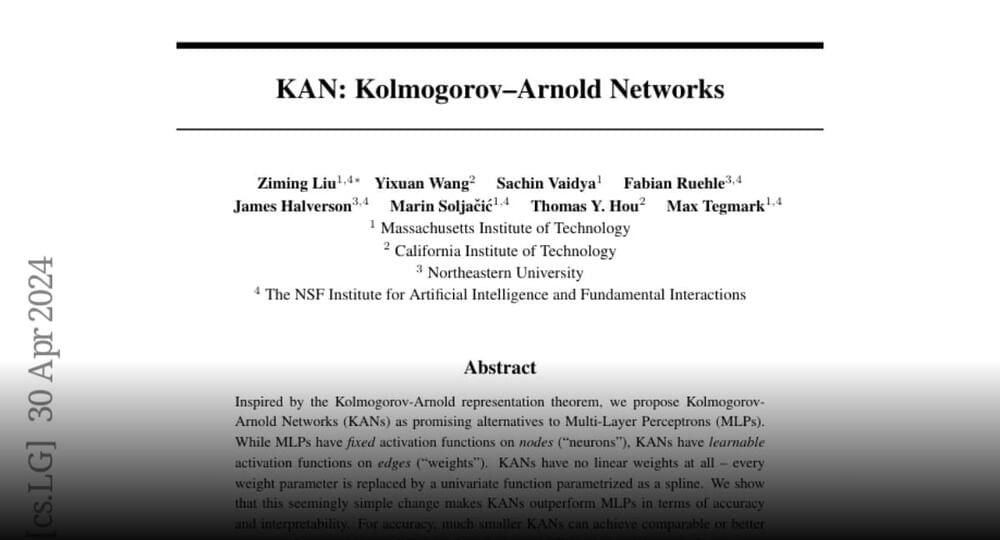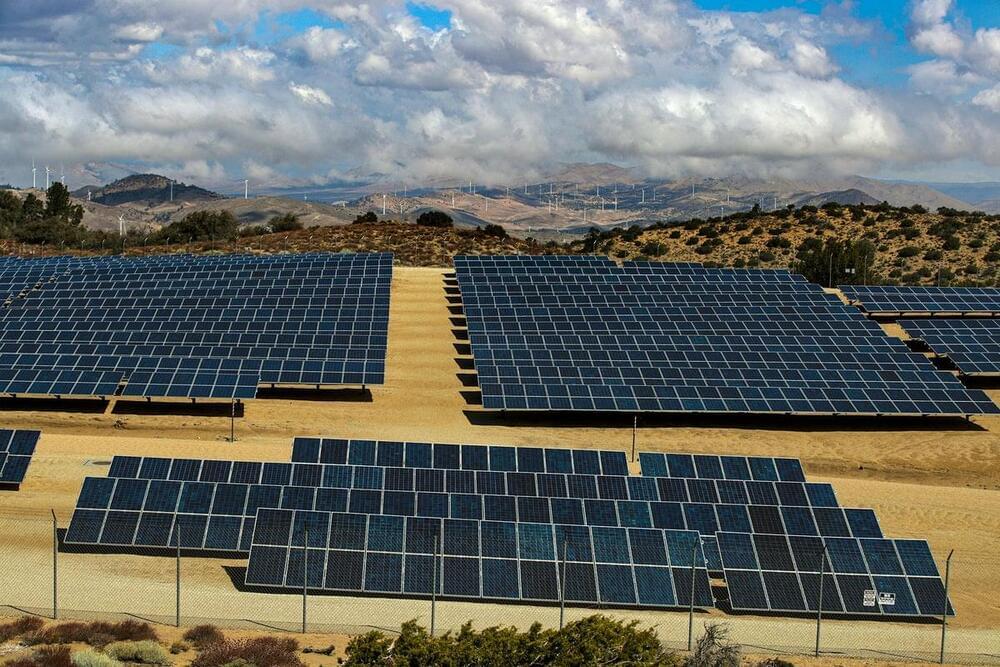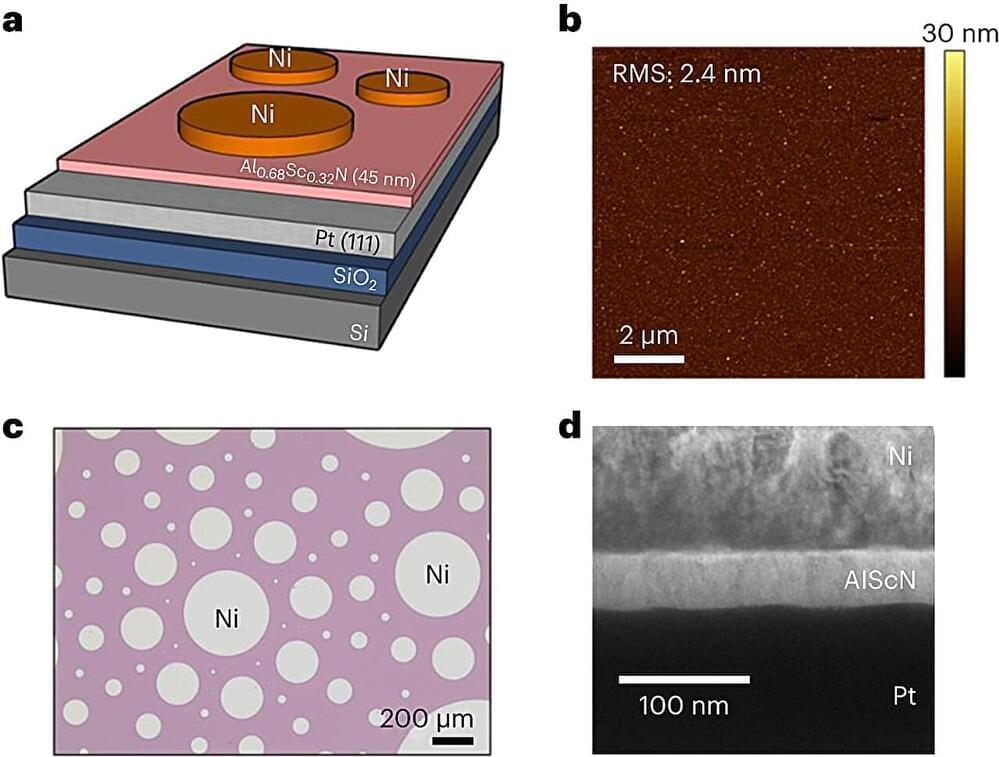A team of scientists in the United Kingdom say they’ve discovered a porous material that has the potential to store large quantities of greenhouse gases, making it a possible new tool in the arsenal to fight climate change.
The scientists detailed how they used computational models to develop this material in a newly published paper in the journal Nature Synthesis, arguing that certain features of the structure could make it excellent storage for carbon dioxide and sulphur hexafluoride, another powerful greenhouse gas.
“This is an exciting discovery because we need new porous materials to help solve society’s biggest challenges,” engineering professor Marc Little from Edinburgh’s Heriot-Watt University said in a statement about the research.
